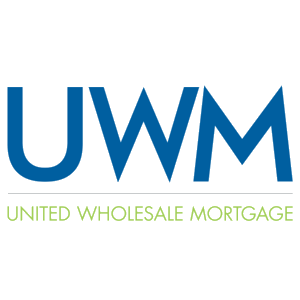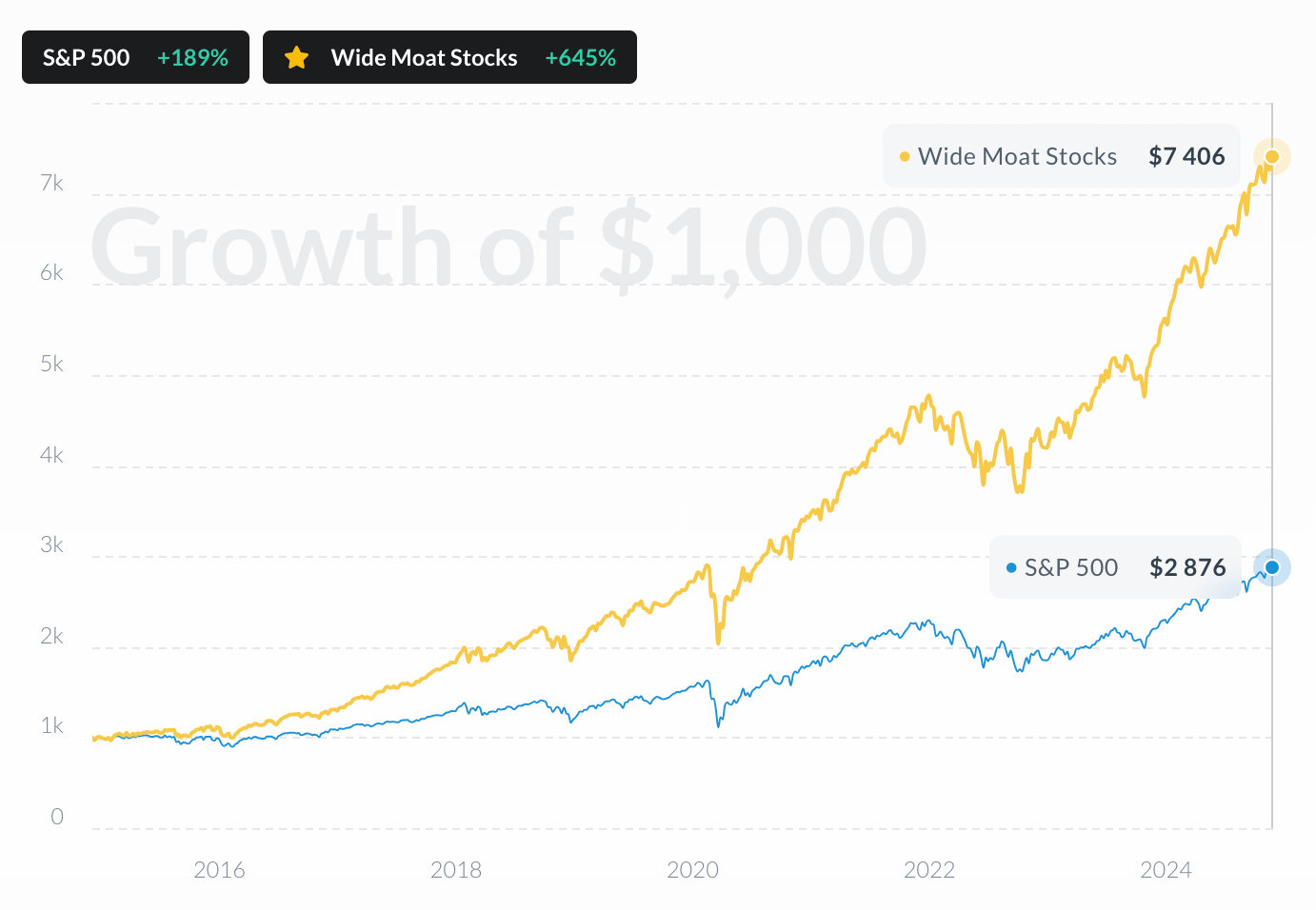 FNMA
vs
FNMA
vs
 S&P 500
S&P 500
 FNMA
FNMA
 S&P 500
S&P 500
Over the past 12 months, FNMA has significantly outperformed S&P 500, delivering a return of +310% compared to the S&P 500's +14% growth.
Stocks Performance
FNMA vs S&P 500

Performance Gap
FNMA vs S&P 500

Performance By Year
FNMA vs S&P 500

Compare the stock's returns with its benchmark index and competitors. Gain insights into its relative performance over time.
Federal National Mortgage Association
Glance View
In 1938, as part of the New Deal efforts to stabilize the U.S. housing market ravaged by the Great Depression, the Federal National Mortgage Association, commonly known as Fannie Mae, was born. The brainchild of President Franklin D. Roosevelt’s administration, Fannie Mae was established to ensure liquidity, stability, and affordability in the mortgage market. It operates by purchasing mortgages from lenders, such as banks and credit unions, thereby freeing up capital for these institutions to offer additional home loans. This model accelerates the turnover of capital within the housing finance system, ensuring a steady flow of mortgage funds. By securitizing these acquired mortgages into mortgage-backed securities (MBS), Fannie Mae offers them to investors, effectively spreading out the risk while providing a return based on the interest rates from the underlying home loans. This business model, however, is not without its complexities and challenges. Fannie Mae earns revenue by charging fees to guarantee the timely payment of principal and interest on these MBS to investors. Additionally, it profits from the spreads between the costs of acquiring mortgages and the returns on the issued MBS, balancing risk management with return maximization. Despite its government-sponsored roots, Fannie Mae operates with a need for profitability and risk management akin to any private enterprise. Yet, the financial crisis of 2008 exposed vulnerabilities within this model, leading to a federal conservatorship that still looms over its operations today. Through ups and downs, Fannie Mae’s fundamental mission remains intact: to promote access to affordable mortgage financing across the nation, all while navigating a complex market constantly reshaped by economic, regulatory, and environmental pressures.







































